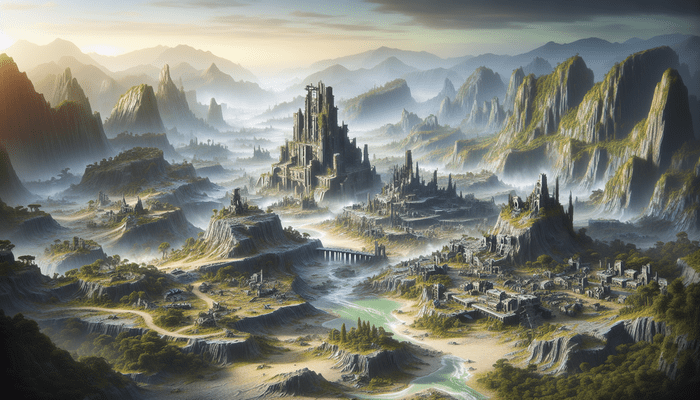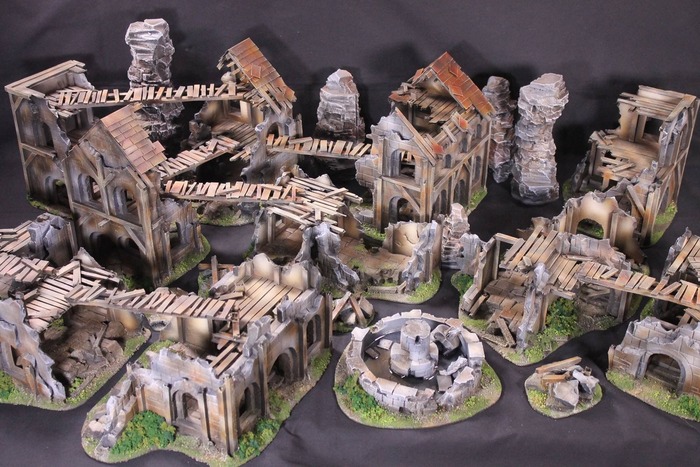Imagine the scene: two armies poised for battle, commanders at the ready, but instead of a flat, featureless landscape, they’re surrounded by craggy cliff faces, dense forests, and ruined cityscapes. By enhancing the base of your miniatures with basing materials, you’re not just playing a game; you’re diving into an immersive story that you’re a part of.
Building wargaming terrain allows gamers to elevate their experience, blending creativity with strategy to bring fantastical worlds to life. Whether you’re recreating a historical battle or designing a high-fantasy skirmish, the right terrain makes all the difference.
Starting from the Ground Up
The journey into terrain crafting begins with choosing your base and with basing materials, you lay the groundwork for your miniature battlefield. Foam, wood, or plastic sheets can act as a canvas, ready to be transformed into rugged landscapes.
Adding texture is the next step, employing a mix of sand, gravel, and sculpting putties to create realistic ground surfaces. This isn’t just about function; it’s also a significant aspect of the aesthetic appeal, giving each piece a unique touch that complements the overall theme of the game.
Adding Depth and Detail
With your terrain’s foundation set, it’s time to introduce elements that bring depth and narrative. Crafting elevation changes, like hills and valleys, not only adds visual interest but also strategic complexity to games. Moreover, buildings and other structures serve as both obstacles and objectives, revealing stories of the lands they occupy.
Natural elements, such as trees, rivers, and rocks, further contribute to the terrain’s realism, offering cover and challenges for the miniature armies.
The Magic Touch: Painting and Finishing
Painting and adding final touches is where your terrain truly comes to life. Mastering basic painting techniques like dry brushing and washing can highlight textures and elevate the realism of your scenes. Layering these methods will give the terrain a weathered look, suggesting age and wear.
The final step involves detailing – applying flocking for grassy areas, using fine sand for desert landscapes, and small, hand-crafted details like signs or flags to inject personality and history into your battlefield. Every brush stroke, every little detail added, works to immerse players deeper into the game.
In Conclusion
Crafting your own wargaming terrain is a rewarding process that brings a new level of immersion and enjoyment to your tabletop games. It’s about more than just playing; it’s about creating and telling a story, piece by piece. So, gather the materials, unleash your imagination, and begin the journey of bringing your wargaming worlds to life. Your battles have never looked better.


